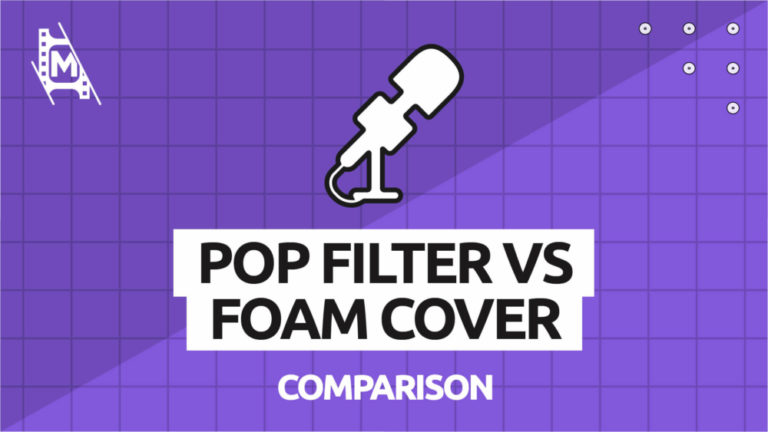In the world of audio recording, every little detail makes a big difference; Whether you’re using a condenser or a dynamic microphone, or a pop filter vs. a foam cover for your mic.
Pop filters and foam covers for your mic are two accessories that improve audio quality. But they are used for slightly different purposes; Pop filters reduce plosives, while foam covers help reduce wind sounds when recording outside.
But there is a bit more to it than that, though. Keep reading to get the pros and cons of pop filters vs. foam covers for your mic and which one is best for you.
What Does a Pop Filter Do
Pop filters are round filters placed in front of the mic. As stated before, they are designed to help reduce plosives, a sudden burst of air caused by the sudden movement of your mouth when talking or singing.
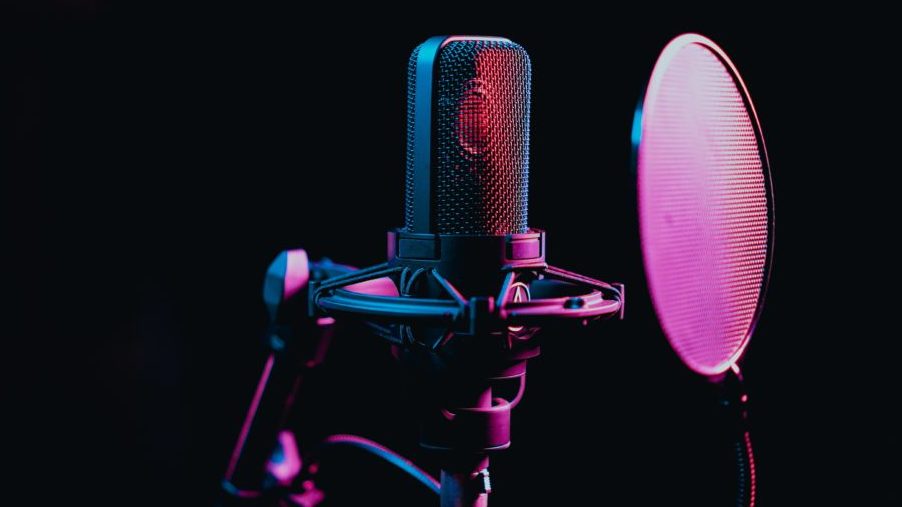
The filters consist of a grid of nylon or metal suspended over your mic that catches the plosives, sibilance, and other unwanted noise caused by the proximity of your mouth to the microphone.
Their primary purpose is to filter your poppin’ P, T, or B or whichever consonant gets puffed into the microphone too loudly. This is important since these pops are very difficult to edit out. If you have popped your P:s in a recording, you are, most of the time, better off doing a retake than trying to edit out the pop.
What Does a Foam Cover Do
Instead of being in front of the mic like the pop filter, the foam cover is a nylon ball that sits on the mic. It’s a bit like a sock in a way. They are inexpensive and collapsible, which makes them easy to pack and bring along.
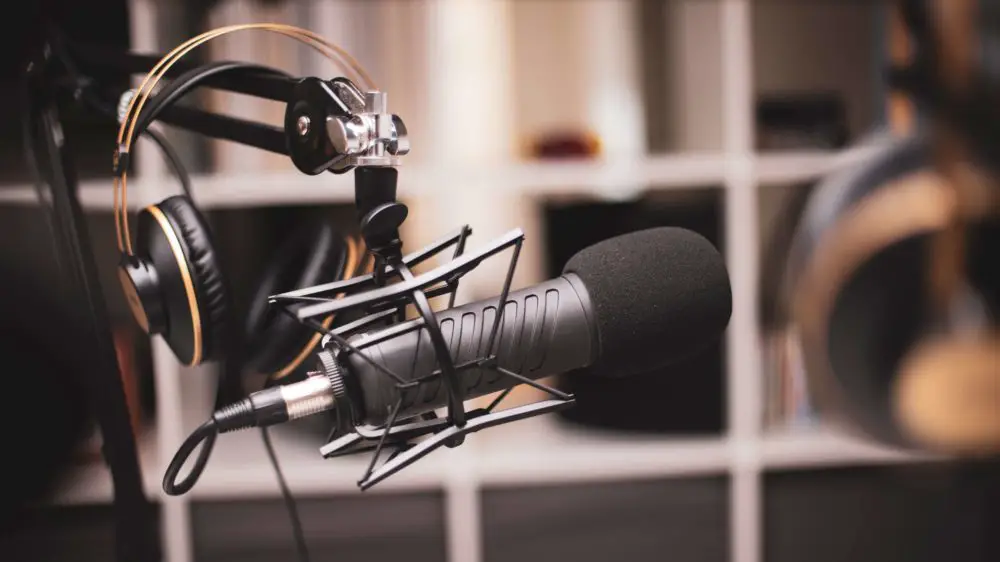
Foam covers are also called windshields, mic socks, or wind muffs. These names will give you a hint as to what the foam is primarily used for. It protects the mic from wind and is mainly used outdoors to ensure an excellent wind-free recording in venues or interviews outside.
In addition, foam covers limit plosives to some degree. But are not as effective as the pop filter.
Another type of foam cover has been developed for the home studio environment. These larger foam constructions attach around a mic to dampen room tone. That is, it allows home creators to record without needing a vocal booth or a professional sound-treated environment.
This foam covers the mic and absorbs the sound of the room. Good quality foam covers of this type have a built-in pop filter.
Do Pop Filters And Foam Covers Remove Background Noise?
No, pop filters and foam covers don’t control the background noise level much.
Quality foam covers do soak up a bit of your room tone. They would be the better choice if that’s what you’re looking for. But it’s not their primary function.
Pop filters are just a shield in front of your mic. Some noise will creep into the mic, even with a pop filter attached.
You would need to treat your room to get rid of background noise unless you go and purchase the massive and expensive acoustic foam option that works to mimic a silent home studio.
Instead, try to minimize noise as much as possible and then clean up the audio additionally in post.
Room Treatment to Improve Audio Recordings
To improve your recording further, a treated room will absorb the room tone itself. The room tone is the reverberation that you hear as an echo in the room. This seems insignificant when you are not recording, but it affects the quality of your audio immensely.
If you’ve ever listened to a recording from the bathroom, you may have noticed an echo in the sound. Sometimes it’s even hard to hear what the person is saying. This is why room treatment is essential and arguably more important than the pop filter or foam cover you use.
You want to create a recording space that is dressed for the job. Curtains and carpets can get you halfway there. Also, avoid as much background noise as possible by turning off the AC, noisy computer fans, and closing doors and windows.
If you intend to turn the room into a recording studio, you can buy everything from entire vocal booths to just a few pieces of acoustic foam made for the purpose and plaster them on your walls.
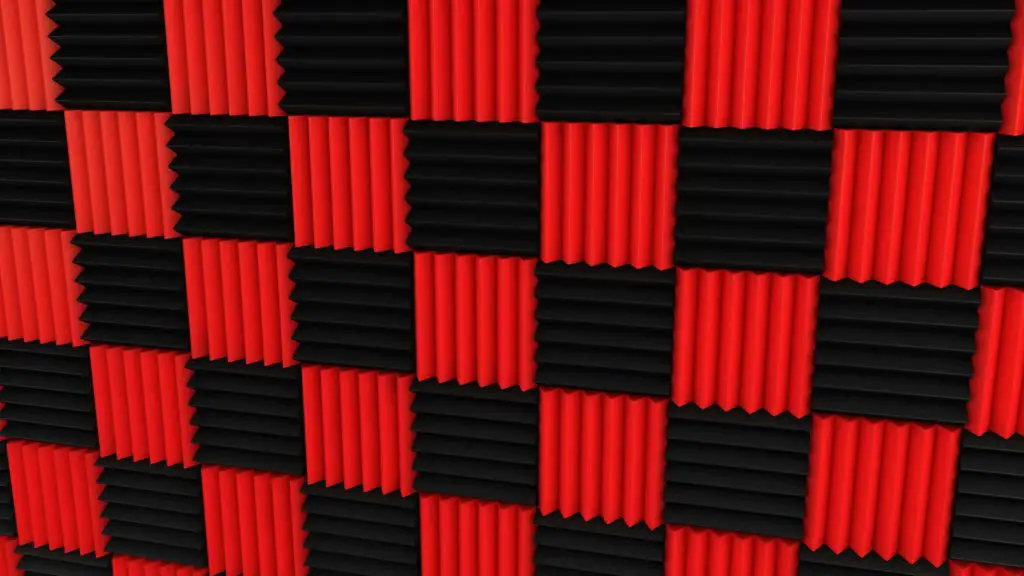
DIY versions include using pillows and duvet covers, building forts, or recording in your closet. No recording space looks the same, and it comes down to your room, your budget, and listening for what sounds best for your purpose.
Pop filter Vs. Foam Cover: Pros and Cons
Let us now examine the pros and cons of a pop filter vs. a foam cover for your mic when recording:
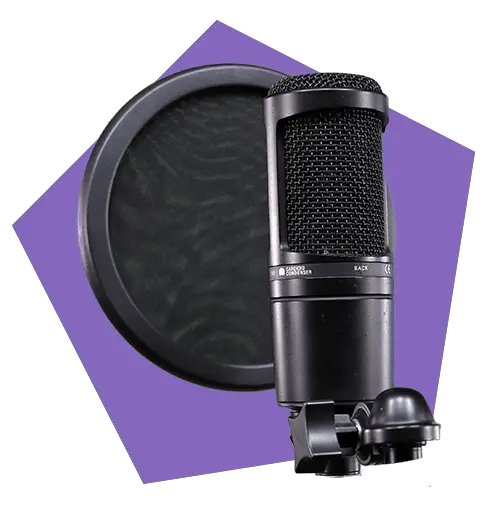
Pop filters are more effective at blocking out plosives than foam covers, but they are pretty useless in the wind element.
Pop Filter Pros
Pop Filter Cons
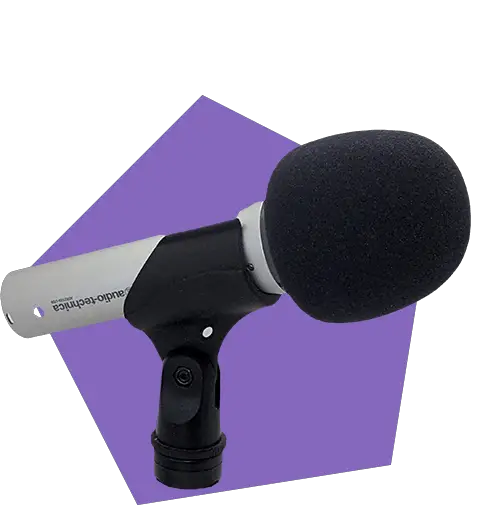
Foam covers work the other way around, being great at managing wind but less effective at blocking your pops.
Foam Cover Pros
Foam Cover Cons
Do you Actually Need a Pop Filter?
The short answer is yes! In any type of recording where your mouth is close to the mic, you want to use a pop filter to reduce those pulsive ‘pop’ sounds.
One important point to remember is that pops will never go away completely. With the most expensive gear in the world, you will still generate pops to a certain degree. There will just be lesser of them.
By practicing speaking, you can work to minimize the number of pops that hits the mic. If you notice that you have a big problem with plosives and that takes are ruined, even though you have a pop filter, it might be time to practice your speaking skills.
Mic technique also plays a part. Some audio engineers recommend not speaking directly into the microphone but instead aiming it at an angle to minimize the plosives.
If you work this technique, there is essentially no need for a pop filter, but it does limit your options. You will have to stay in one spot to ensure your levels will not change as you speak.
And you will not be able to go for the “proximity-effect,” often heard on the radio and podcasts, where the host speaks very close to the microphone achieving a close and intimate sound.
If you aren’t ready to spend your budget on a pop filter, there are DYI solutions if you get crafty and creative. Cutting a frame out of cardboard or plastic and covering it with a nylon sock is one way to go, as is the kitchen strainer. (In our experience, using random kitchen objects for this is like eating soup with a fork.)
Choosing the Right Pop Filter
Pop filters come in a few different varieties and price ranges. You essentially get what you pay for.
The higher-priced models tend to be more durable and easier to use. They’re often made with better materials and more thoughtful details, like a flexible gooseneck that lets you position the filter exactly where you need it.
Material
The two most common pop filters are nylon fabric and metal filters. The cheapest is the standard nylon pop filter starting at around $10.
Auphonix Pop Filter: This is a simple nylon filter from Amazon you can get!
sE Electronics: A metal pop filter like this one is slightly more expensive.
The nylon pop filter usually has a black nylon mesh fabric stretched across a plastic frame that absorbs sound. The metal pop filter is often smaller with metallic perforations that deflect and spread the sound waves away from the mic.
Size
This brings us to size. Pop filters come in many different sizes, though they are fairly uniform in that they are round and approximately slightly larger than the mic.
One thing to consider is that you might be distracted by the pop filter when reading your script or notes since it will be right in your face. A smaller pop filter will make reading just a tad easier. And the metal pop filter has large enough perforations that you can see through it (though not perfectly).
Some microphones come with a pop filter. So if you’re looking to buy a new mic, check to see if you need to buy a pop filter or if it’s included or built-in.
In Conclusion: Pop Filter Vs. Foam Cover for Your Mic?
Pop filters and foam covers will help you achieve a better sound, but they serve slightly different purposes. What you intend to record and where will determine if a pop filter vs. a foam cover is the better choice for your mic.
Below are what situations you should opt for a pop filter vs. a foam cover when audio recording:
When Do I Need a Pop Filter
Pop filters are necessary for any recording where your mount is directly in front of the microphone as it helps reduce plosives. That could be all kinds of recording situations like podcasting, voice acting, or singing.
When Do I Need a Foam Cover
A foam cover is not a must as long as you are indoors. But for outdoor settings, a foam cover is ideal for canceling out sounds from wind or heavy breathing. A foam cover does not really help with reducing plosives or background static noise. If you want to reduce noise, it is better to do that digitally or by sound-treating your room.
